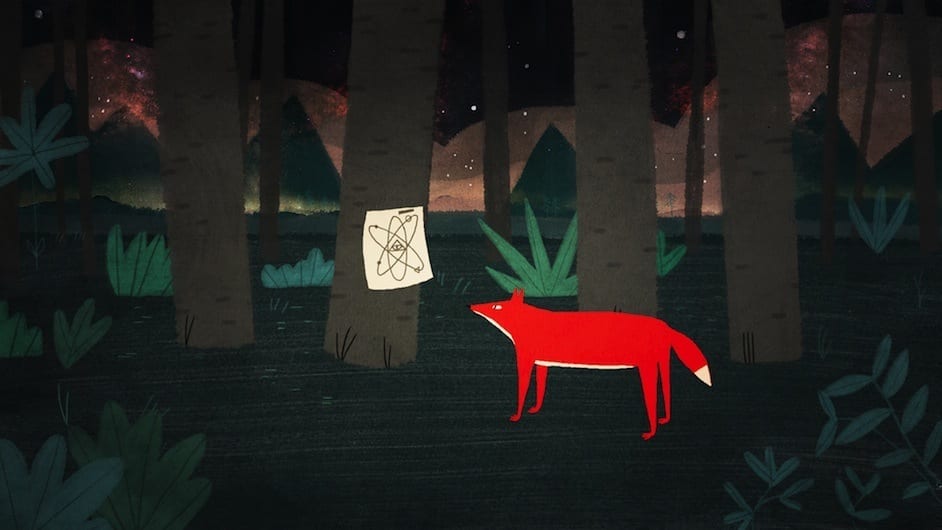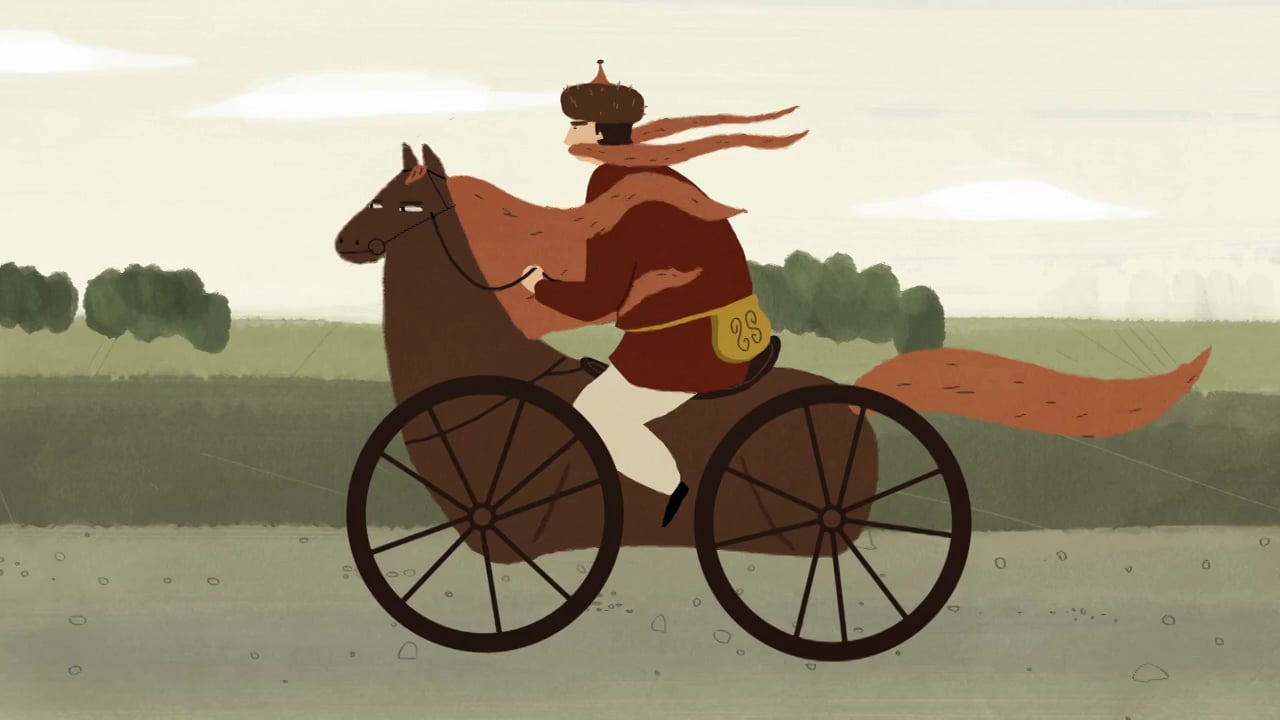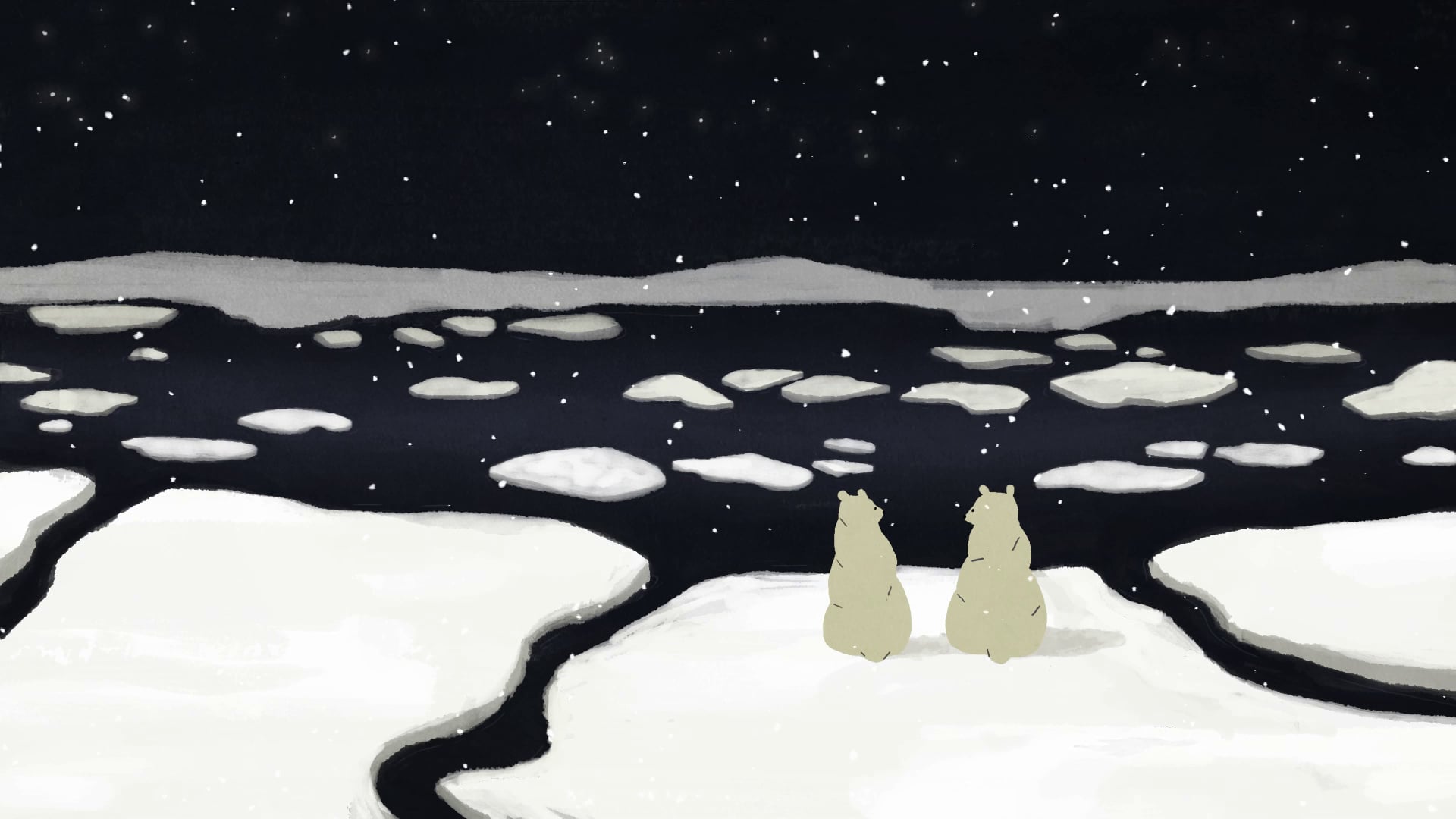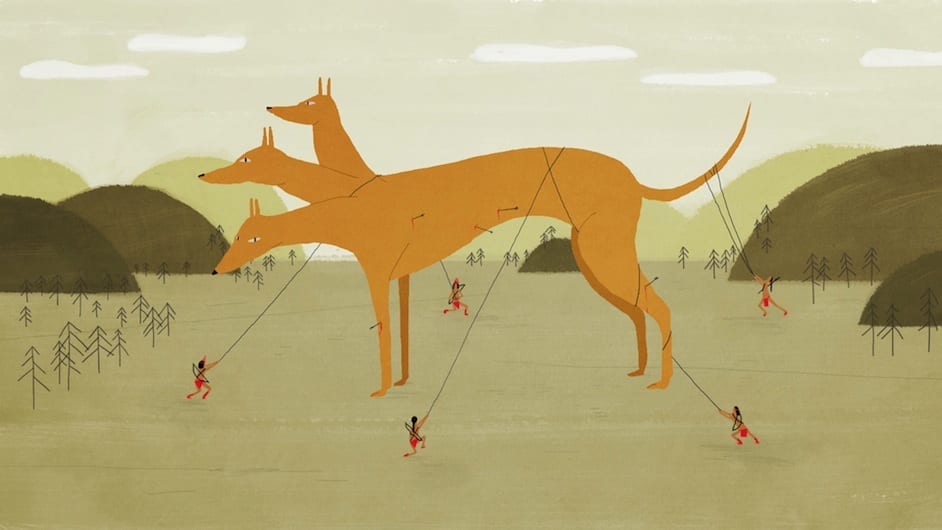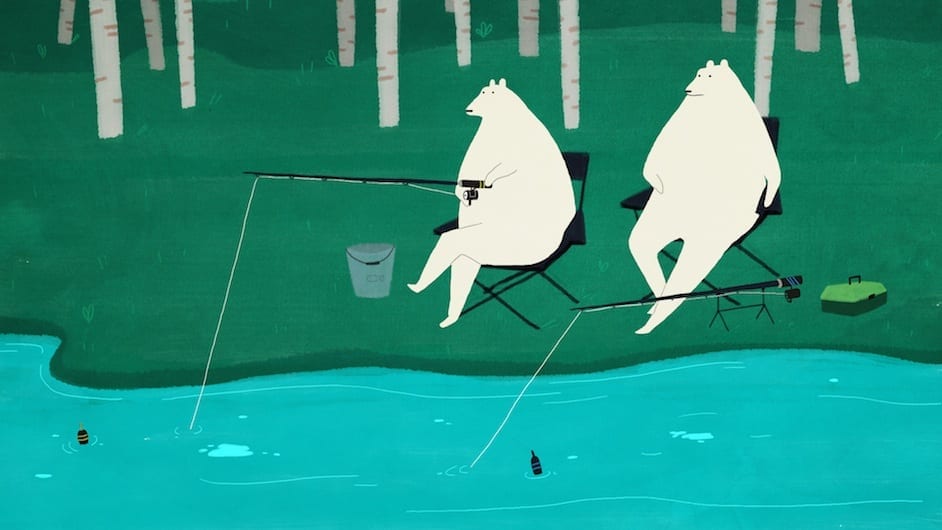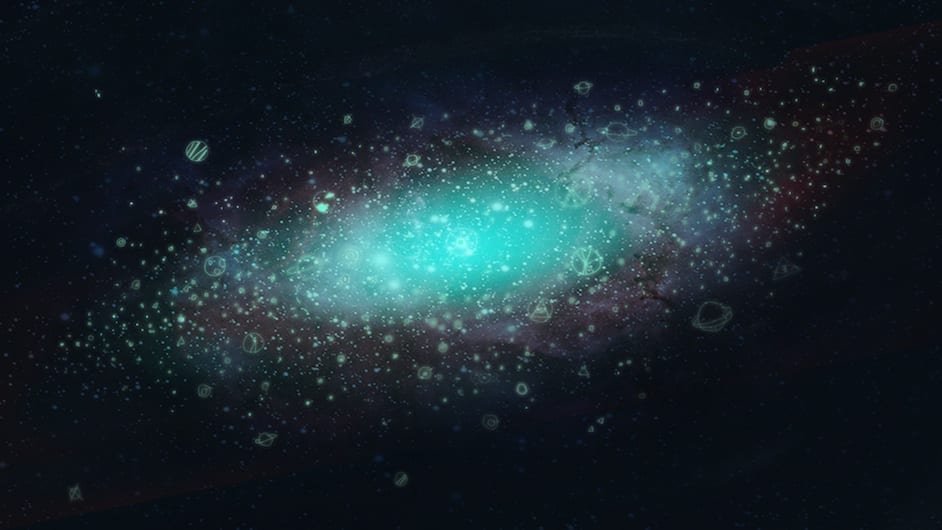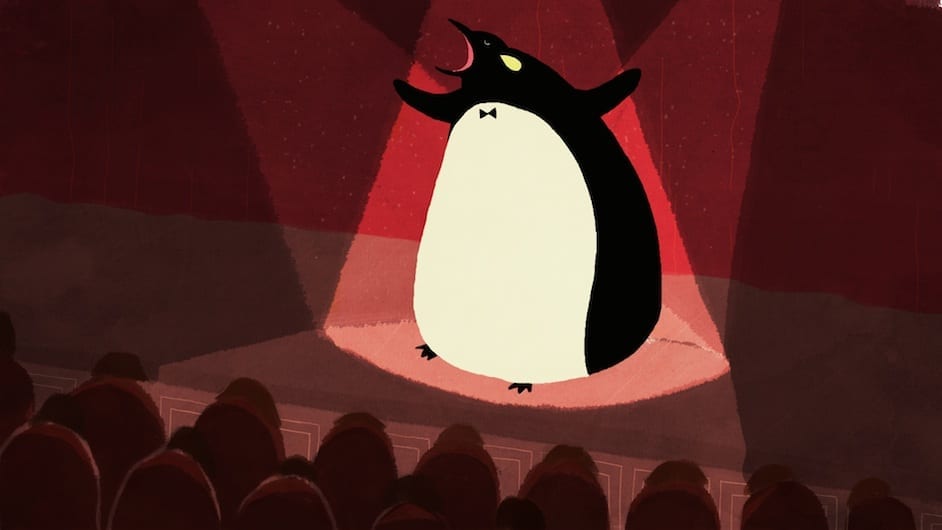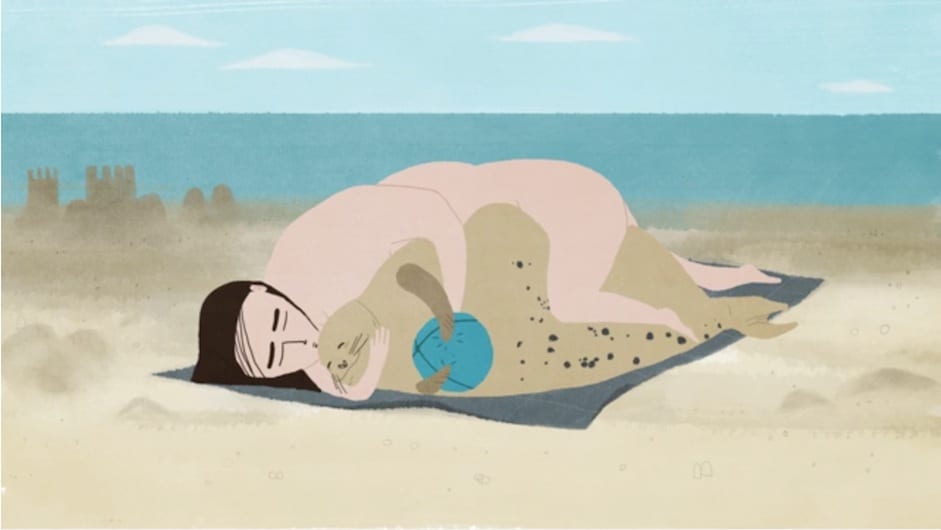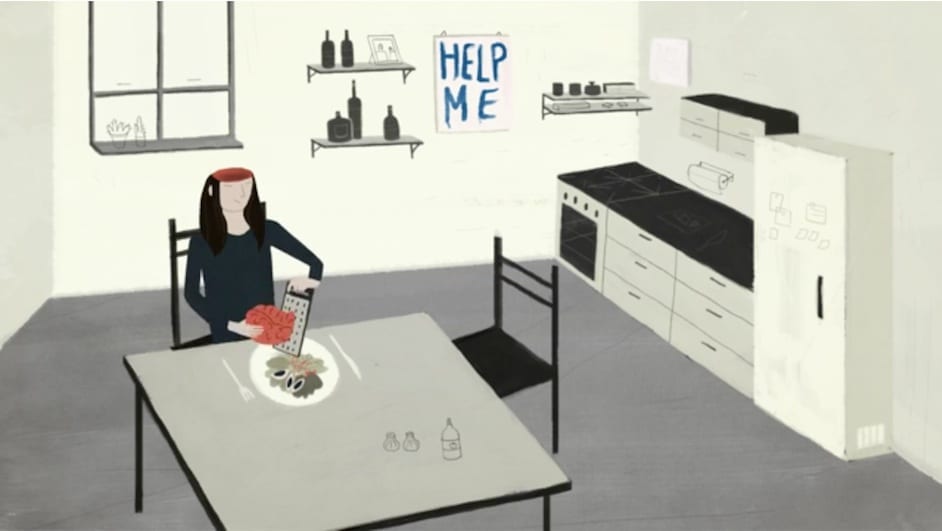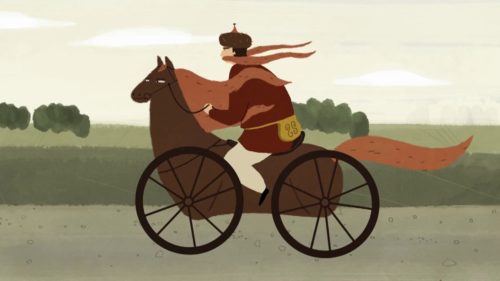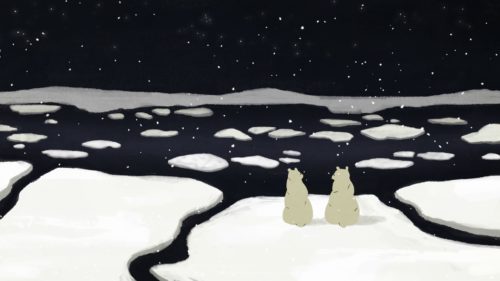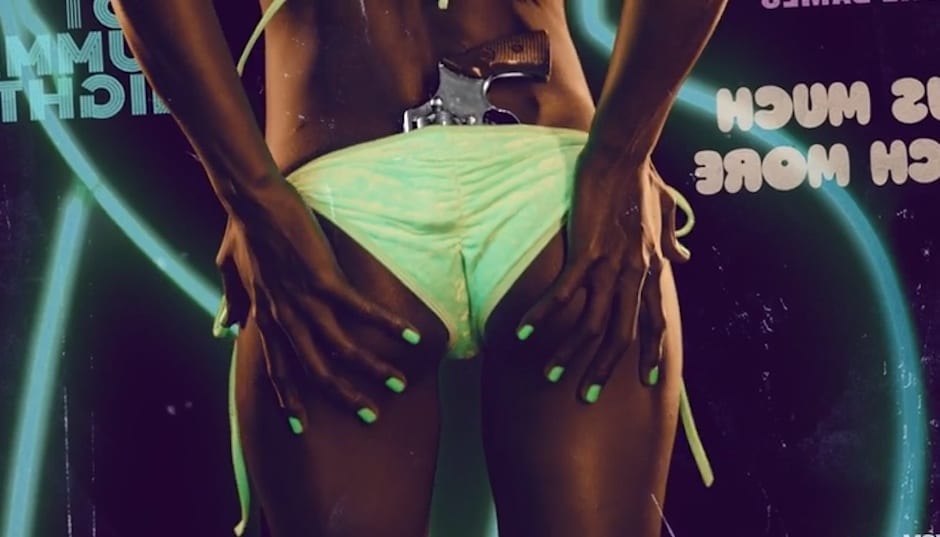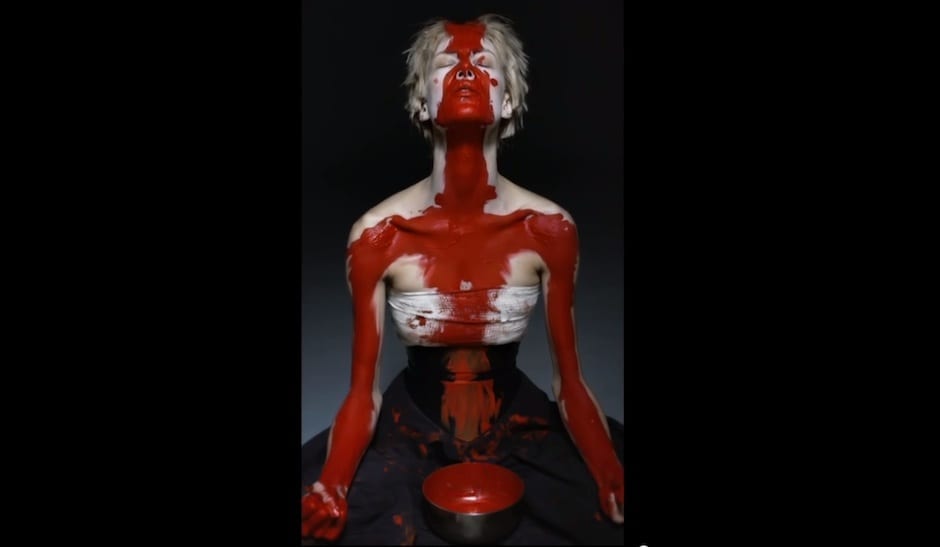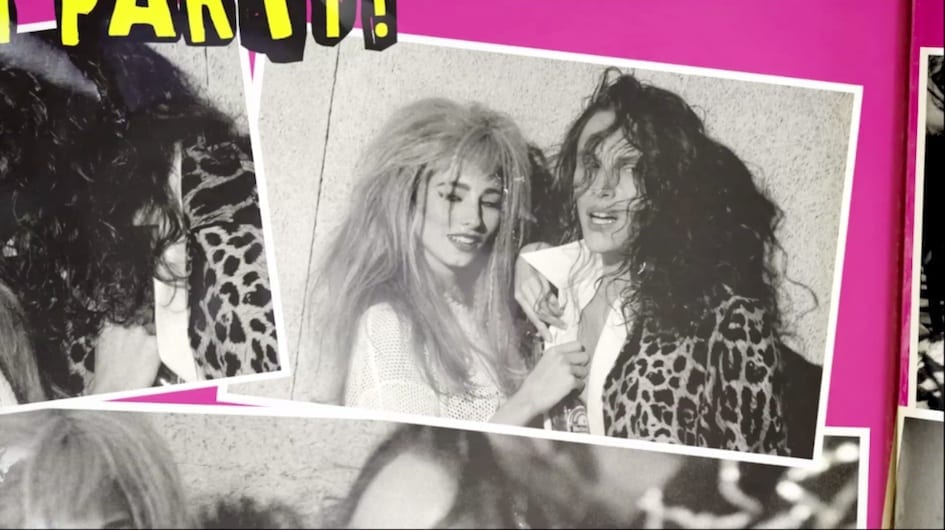Please describe your childhood.
I was born in Filderstadt Germany, then we moved to Salzburg Austria until I was eight. After that we moved back to Hungary. I always had a strong connection with my family – they were and still are very supportive in what I am doing.
I loved to draw comics when I was younger. I could completely sympathise with the characters, and got very excited about what would happen to them. Sometimes I miss being that intuitive, I can’t help but think more than I would like to. Also I watched Jaws, Alien and E.T. again and again all the time.
My sister and I would make up the most intense stories and relationships between some plush animals and LEGO people. Sometimes we ended up crying, ‘cause they had to face death as well, it wasn’t just a tea-party.
You draw us into a visual world of abstract poetry that features dream-like “observations of the irrational connections between humans and nature”. Those observations are quirky, totally unpredictable and take us to another planet way beyond our imaginations. How do these visual ideas come to you?
Most of the time it was quite an intuitive process, but I have to say it was almost three years ago now, when I started with the writing and the sketching, so it is hard to recall the process exactly.
I remember having fun, some pictures and characters just jumped to me, as I was glancing and sitting on the bus, some of them are more concrete illustrations of things I found interesting or amusing in some way. It is a collection of my thoughts from a few years ago, which I narrowed down to a more coherent universe and topic.
Do you have a surreal sub-plot running through your mind all the time or do you construct these stories in a dogmatic structured way?
I like to start with the detail. I don’t have a strategy or a structure in the beginning. I always go for a character, an environment or a topic I feel safe with, which means I am honestly interested in it. I see how a character looks and what it could do. I try to treat them as living creatures who have the ability to do their own thing and make their own decisions.
In the developing process, I felt more and more drawn to some of the characters. I felt like a parent.
Do you evolve your ideas with sketches or words?
In the case of Symphony no. 42 it was more words, but my current film is much more about sketches. It depends what mood I am in, or what the movie requires. Also I am afraid to forget an idea I have, and it is faster to write everything down if you are not in the situation to take ink and paper. Sometimes when I read some old notes I had, I cannot figure out anymore what the idea was. It just doesn’t make sense in a written format.
Why the title, Symphony no. 42? Is it a symphony of 42 concepts?
Yes you could say that as well, but there are 47 scenes, not 42, which might be confusing. I refer more to the process of creating. I felt rather like composing than directing, and the number 42 is a mystical, though very usual number. It is a special central number in mathematics, and other science, so people might give it a bigger symbolic meaning than it actually carries. I like the number for its contradiction.
Although it’s not a classical linear narrative there’s a coherent thread of ideas that keeps the viewer engaged. How did you structure your film? Did you have a clear idea of what you wanted to express from the beginning and was this in response to a brief set for your MA degree from Mome in Budapest?
No, there is no brief set for MA projects at MOME. Everyone is free to make whatever she/he wants to do. My main goal was to have fun and experiment. I knew it would be much harder to make my own film out in the ‘real world’, so I felt like getting as much out of my graduation film as I could. I wanted to have something to represent me for my future films, in order to have a reference for what I like.
I had all these small sketches and mainly writing. I started to arrange them, and involved my sound designer to add his layer of ideas in sound. We played around a lot with the animatic, and while sorting out and adding ideas, a coherent topic made itself clear, but it was never my intention to have a clear statement about the relationship between men and nature. I wanted to make something with humor, but secretly I was hoping that people find it sad as well. I do think it is sad.
How did your animation style evolve, have you always sketched this way – and how did you brief the extra animators who helped you on the project?
At that time I was drawing mainly digitally, on my Wacom tablet. I remember getting a more and more clear picture about how I want Symphony no. 42 to look. I was experimenting with a lot of software and brushes, so no, I had very different looking work as well. I think in school you are supposed to try things, and see how it turns out for you. I still don’t like to narrow down how to draw the line. I enjoy when I see something new coming out of my work. I can get bored quite easily.
The animators who helped out were mainly students from the university, but I also had some professional animators helping out. I did a quite detailed animatic in terms of rhythm, so I gave them a very precise description in a written format, the TV paint project with the layout and the animatic. Luckily I had the chance to work next to most of them at the university, so if they had an idea, we could consult very easily and fast. It was a great experience in directing a team.
We were expecting a Beethoven soundtrack (of course!) but that only gets a brief playtime amongst the sound effects of vomiting wolves, operatic penguins, grating brains and extraterrestrial ambient noise which all play such an integral part of the film. What were your key considerations when creating the audio?
The sound design was important from the very beginning. I worked with Péter Benjámin Lukács, who is able to read my mind by now, which is extremely important for me, as describing sound is always very tricky. My main goal was to have a sound layer, which is not just an illustration of the image, but adds more to the narrative as well. We wanted to record as many parts as possible, to have a rich 3D sound for this quite simple 2D world. We spent some time sleepless in the sound studio, recording all of the movements and other little noises.
After that, Péter designed the recorded sounds. While I was painting backgrounds, he was sitting next to me and worked on the sound. It was a very intense and fun process. I didn’t intend to use music, as I felt it is much stronger without it, creating the right balance between silence and atmospheres. In my next project I will work with music, which is very new and exciting for me.
What was the most challenging part of making the film and how did you resolve any problems?
The most challenging part was the deadline. It had to be ready for the graduation, beginning of summer. I knew it would be stressful, but I wasn’t expecting anything like that. There is always something unexpected coming up that doesn’t work or has to be redone. I was only concentrating on the goal of finishing, I was in a different state of mind. I couldn’t speak about anything else but my film. For sure I wasn’t fun to be around.
What are the key lessons you learnt from making Symphony no. 42 that you have brought to your next project? And, if it’s not top secret, can you tell us about your new work please?
I see the mistakes in the film, but I love it as it is, and happy that I am not completely satisfied with what I have done. I am working on a similarly long film at the moment, also drawing animation, but I want to work with a small group of people. In Symphony I had many helping hands, but many people did small parts. Sometimes just one small sequence. This made it hard to control and have an overlook, and sometimes do retakes to keep it in the same shape.
My next short film is not top secret, but it is still kind of secret. It is titled LOVE and will be a French-Hungarian co-production, hopefully finished by October 2015.
I found the transition between school and work-a-day world quite smooth, as I almost immediately took an international workshop for after-graduates called ASF (Animation Sans Frontieres). This helped me a lot to get to know more people from the industry, and get an overview on how things work outside school. I pitched my project at the workshop, this way a paired up with Passion Pictures Paris, who are the main producers for LOVE. Right now I am developing the project in Denmark at the artist residency, Open Workshop.
You’ve recently signed to Passion Pictures. What would be your dream job?
My dream job is something where I can work with good people, and can bring my own aesthetics to the project. This is basically what Passion is offering, so I am quite happy to be part of the team.
Symphony no.42
Director: Reka Bucsi
Script: Reka Bucsi
Editing: Reka Bucsi, Judit Czako
Original Music: Flora Matisz
Sound Design: Peter Benjamin Lukacs
Animation Director: Reka Bucsi
Animation: Nandor Bera, Reka Bucsi, Krisztian Kiraly, Maja Szakadat, Laszlo Toth, Csaba Zabos, Sandor Vago
Compositing: Balint Farkas Gelley
Producer: Jozsef Fulop
Production Manager: Krisztina Hollo Leleszi
